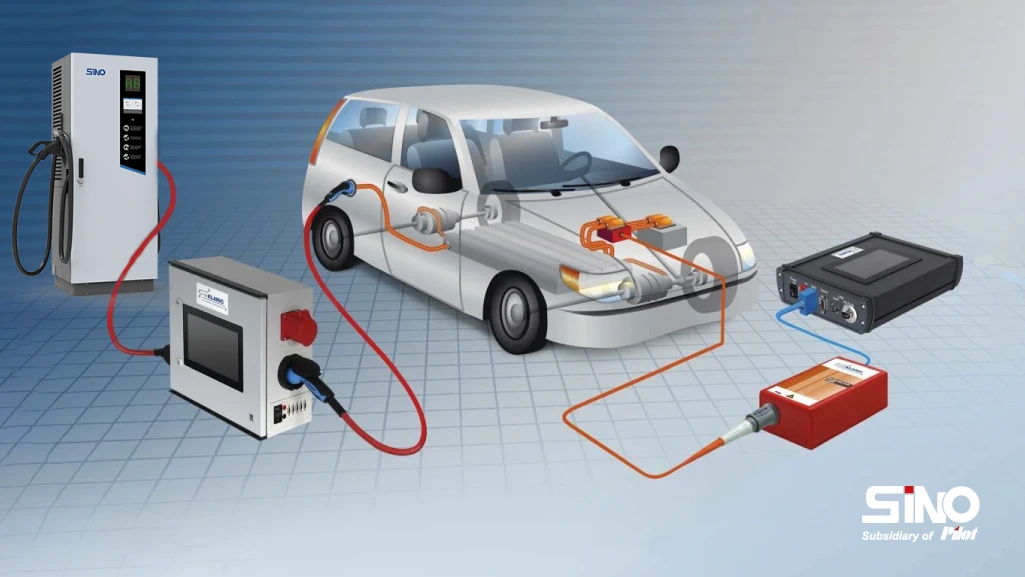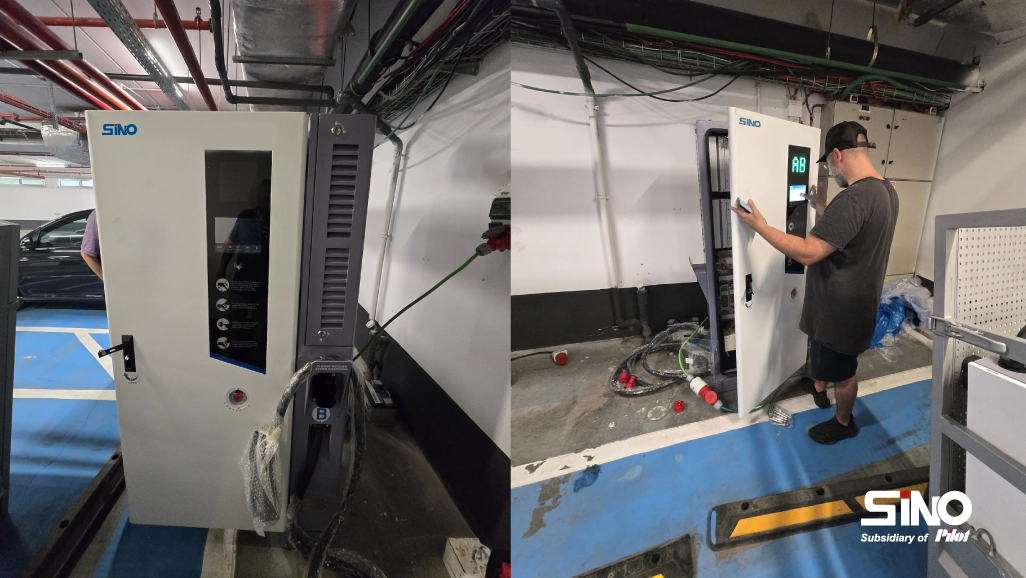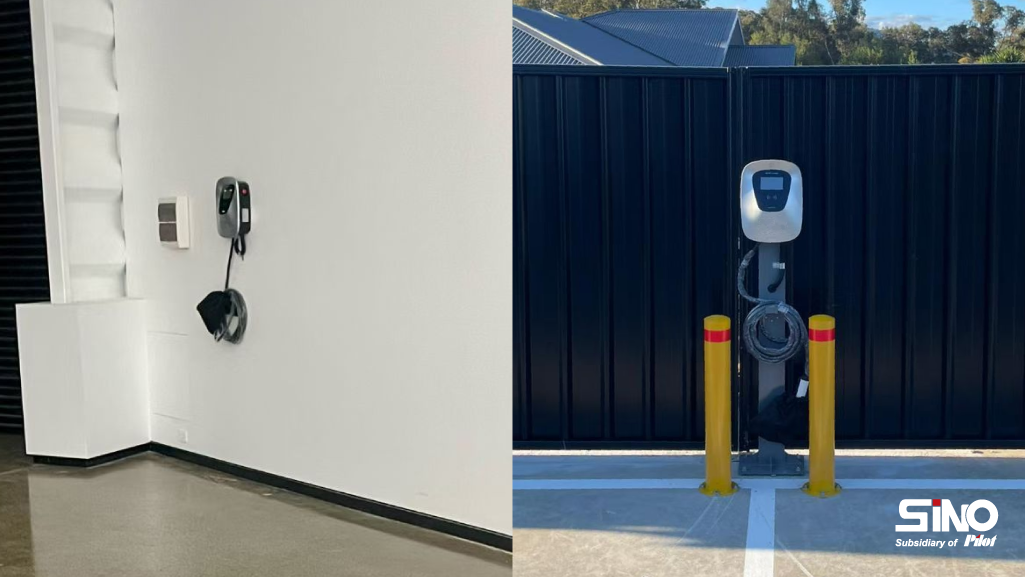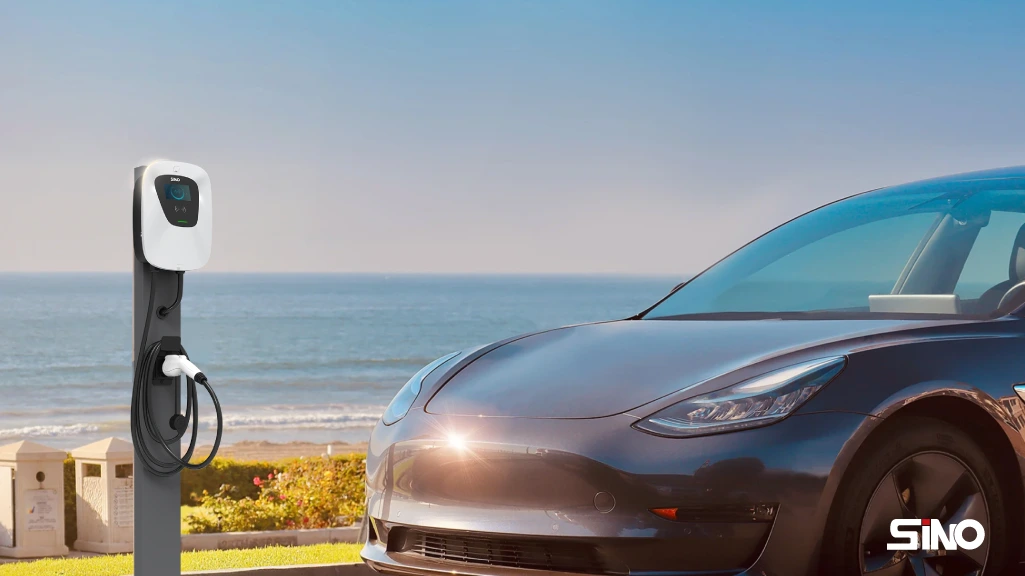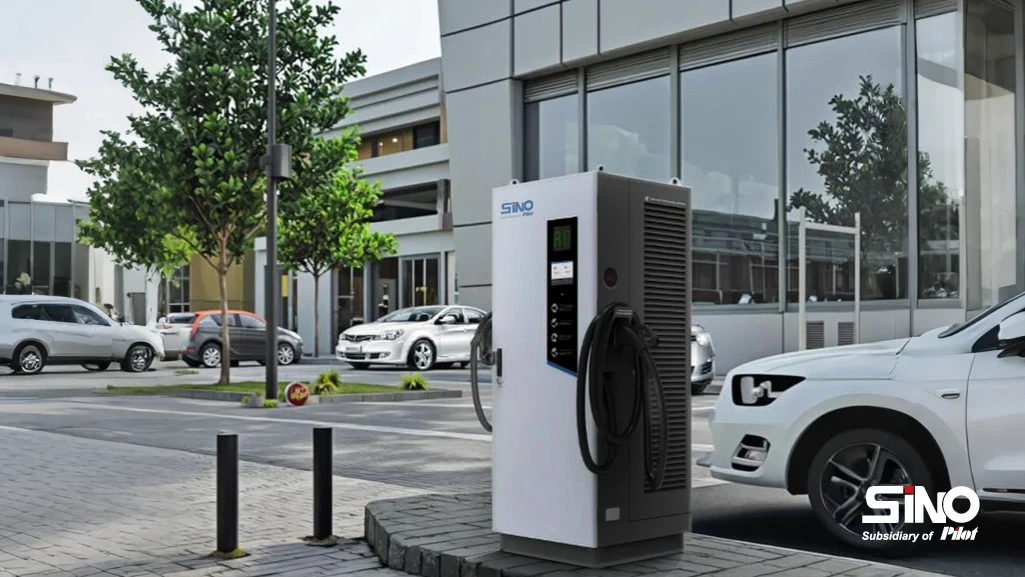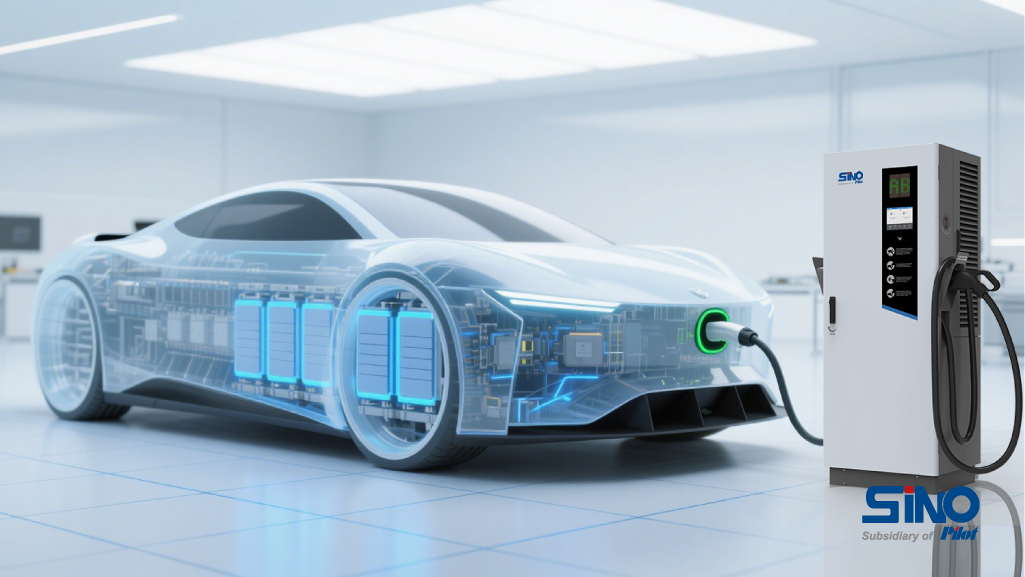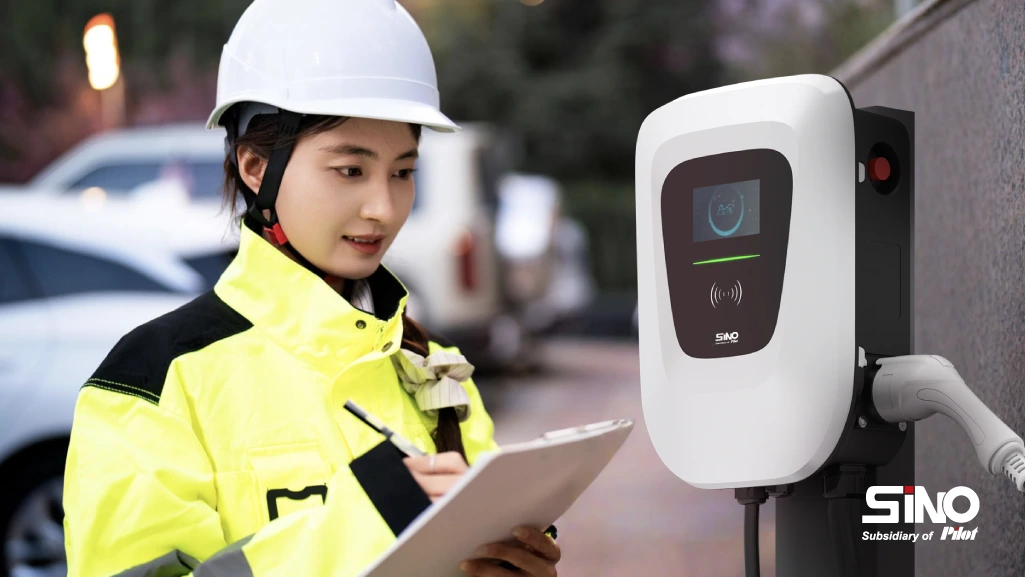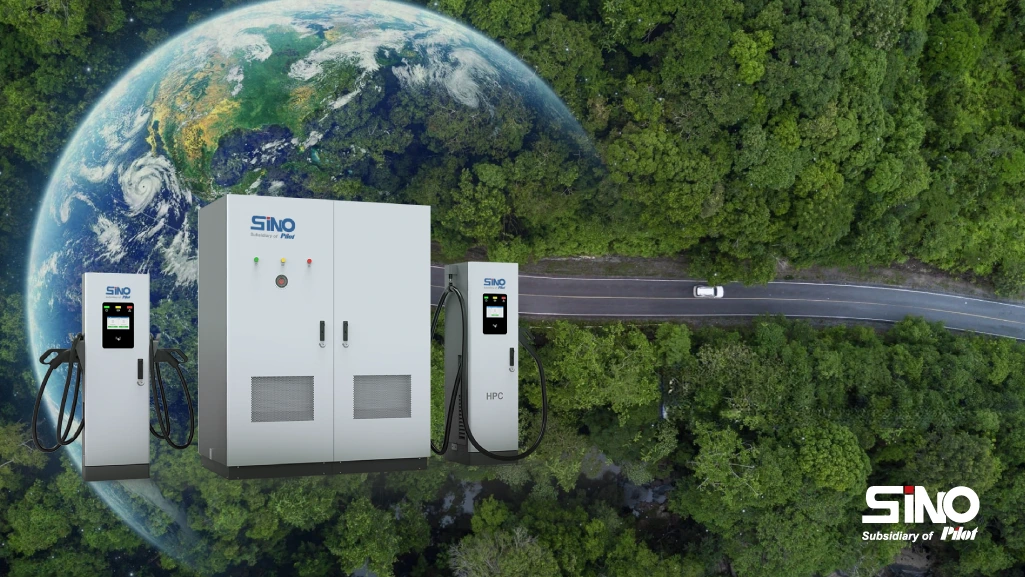In the rapidly evolving landscape of electric vehicle (EV) adoption, the role of infrastructure designed to support these environmentally friendly vehicles is crucial. One key component of a successful EV charging station is the implementation of charger monitoring devices. These devices are increasingly recognized as an intelligent and essential solution for ensuring effective charging operations.
Understanding Charger Monitoring Devices
Charger monitoring devices are sophisticated systems integrated into electric vehicle (EV) charging stations. Their main function is to gather, analyze, and report detailed data about the charging process. These devices utilize sensors and software to track essential parameters, such as charging power, voltage, current, charging duration, and the overall operational status of the charger.
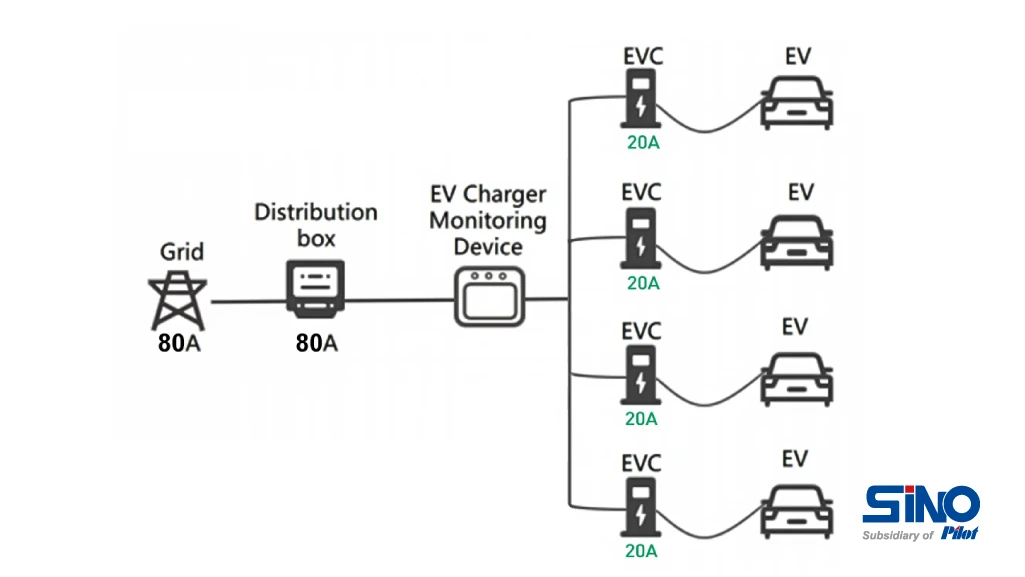
The Benefits for Charging Station Operators
Enhanced Reliability:
One of the significant advantages for operators is the improved reliability of their charging stations, no matter they are AC chargers or DC EV charging stations . By continuously monitoring charger performance, operators can quickly identify potential issues. For instance, if there is a sudden decrease in charging power or an unexpected voltage fluctuation, the monitoring system will send an immediate alert. This functionality allows operators to address problems promptly, preventing them from escalating into service disruptions. By adopting a proactive approach, they reduce downtime, which is crucial for maintaining customer satisfaction. EV drivers anticipate a seamless charging experience, and any extended outage can lead to frustration and, ultimately, a loss of business for the operators.
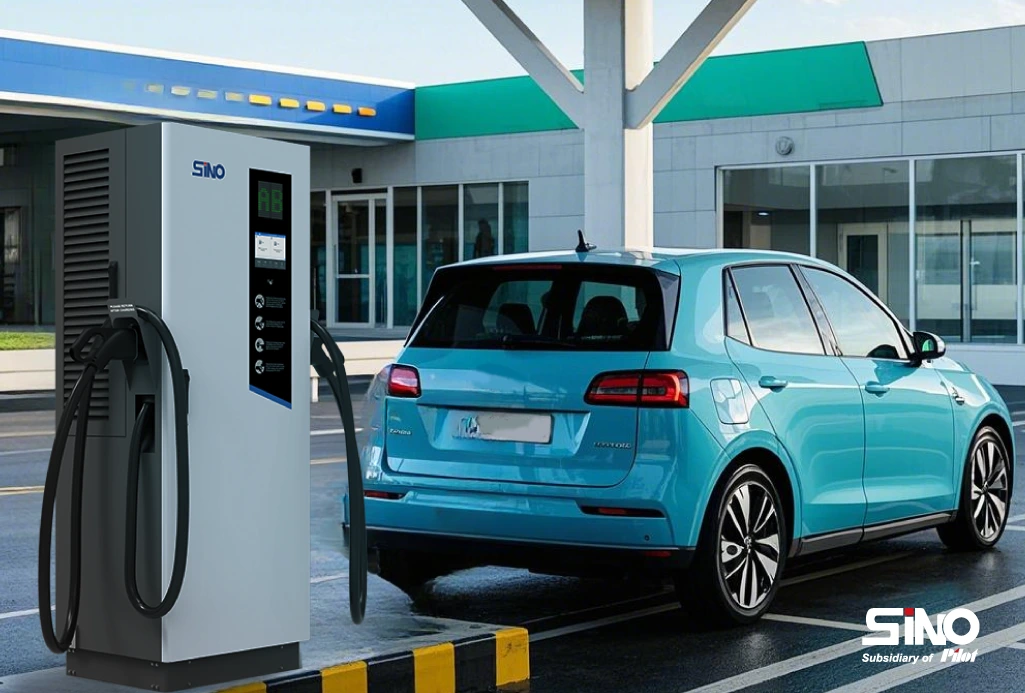
Optimized Maintenance:
Charger monitoring devices play a vital role in optimizing maintenance schedules. Instead of depending on traditional time-based maintenance—which may not accurately reflect the actual wear and tear—these devices facilitate condition-based maintenance. By analyzing data trends such as the number of charge cycles, component temperatures, and the frequency of error messages, operators can determine exactly when a charger needs maintenance. This approach not only reduces unnecessary maintenance costs but also prolongs the lifespan of the chargers by ensuring that maintenance occurs at the most effective times.
Energy Management:
As energy consumption and costs become increasingly significant concerns, effective energy management is essential for charging station operators. By utilizing monitoring devices, operators gain valuable insights into the energy usage of each charger. This data enables them to identify peak and off-peak charging times, allowing for smarter adjustments in energy tariffs. For example, when a particular charging station experiences high traffic during peak hours, the operator can implement lower rates during off-peak times to encourage electric vehicle (EV) drivers to adjust their charging schedules. This approach not only helps to balance the electrical grid load but also has the potential to reduce energy costs for both operators and their customers.
Benefits for EV Drivers
Transparency and Convenience:
Charger monitoring devices significantly improve the electric vehicle (EV) charging experience by offering enhanced transparency and convenience for drivers. Modern systems frequently integrate with mobile EV charging apps, allowing users to check charger availability and status in real time. Before starting a journey, drivers can quickly find a nearby charging station with operational chargers. Additionally, some applications provide estimated charging times derived from real-time data, enabling drivers to plan their trips more efficiently and manage their schedules effectively by anticipating the duration their vehicles will need to charge.
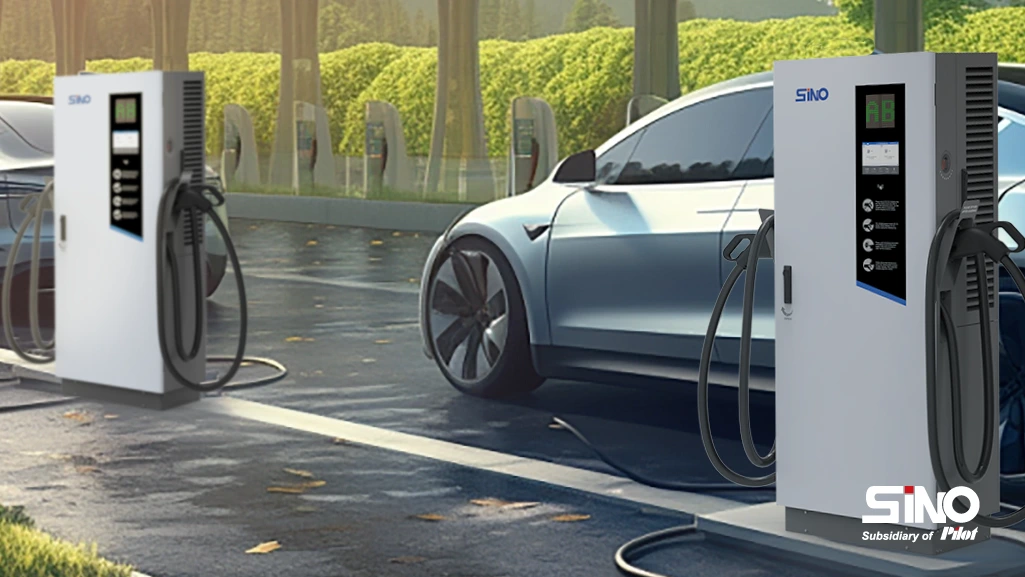
Improved Charging Experience:
The data collected by monitoring devices enhances the overall charging experience for electric vehicle (EV) drivers. When issues arise, such as slow charging or error messages, operators can quickly analyze the monitoring data to identify and fix the problem. This swift resolution ensures that drivers have a smooth and stress-free charging experience, which is essential for the widespread adoption of electric vehicles. A positive charging experience not only builds trust among existing EV users but also motivates potential drivers to make the switch to electric vehicles, confident that they can charge their cars efficiently and effortlessly.
Examples of data that charger monitoring devices collect
Charger monitoring devices collect crucial data to effectively manage the charging process and evaluate the status of the charger. Here are some key types of information gathered:
Voltage: Monitoring the voltage level of the charging current is essential. This ensures that the charger provides the appropriate voltage to the electric vehicle (EV) battery, preventing inefficient charging or potential damage to the battery.
Current: Measuring the current flowing through the charger is important. Tracking this data helps understand the charging rate and detect any unusual fluctuations, which could indicate issues with the charging circuit or the battery itself.
Power: By calculating power consumption through voltage and current readings, this information is vital for analyzing energy usage during charging. Additionally, it aids in billing, especially at commercial charging stations.

Charging Status Information
Charging State: The device actively monitors whether the charger is in use, paused, or has finished charging. This information is crucial for both the charging station operator and the EV driver, as it keeps them updated on the current status of the charging session.
Charging Time: The duration of each charging session is tracked, offering valuable insights into typical charging times for different types of EVs. This data is particularly beneficial for optimizing the efficiency of charging stations, especially in high-traffic areas.
Battery State of Charge (SOC): Advanced monitoring tools can estimate the state of charge of the EV battery while it charges. This feature provides drivers with essential information about how much charge has been added and what remains to reach a full charge.
Charger Health and Performance Data
Temperature Monitoring: The charger’s components, including the power electronics and charging cable, undergo regular temperature checks. Early detection of abnormal temperatures can indicate potential issues such as overloading, malfunctioning components, or insufficient ventilation. Addressing these concerns is crucial, as they can lead to fire hazards or reduce the charger’s overall performance.
Error Codes and Alerts: The charger keeps a detailed log of any error codes or alerts that arise. These notifications can point to problems like communication failures, hardware issues, or safety risks. By examining this data, operators can quickly identify and resolve issues, minimizing downtime and ensuring smooth operations.
Usage Statistics: Data regarding the number of charging sessions, how often each charger is used, and the timing of charging events—whether daily or weekly—is collected. This information helps charging station operators recognize usage patterns and make informed decisions about capacity expansion and resource allocation.
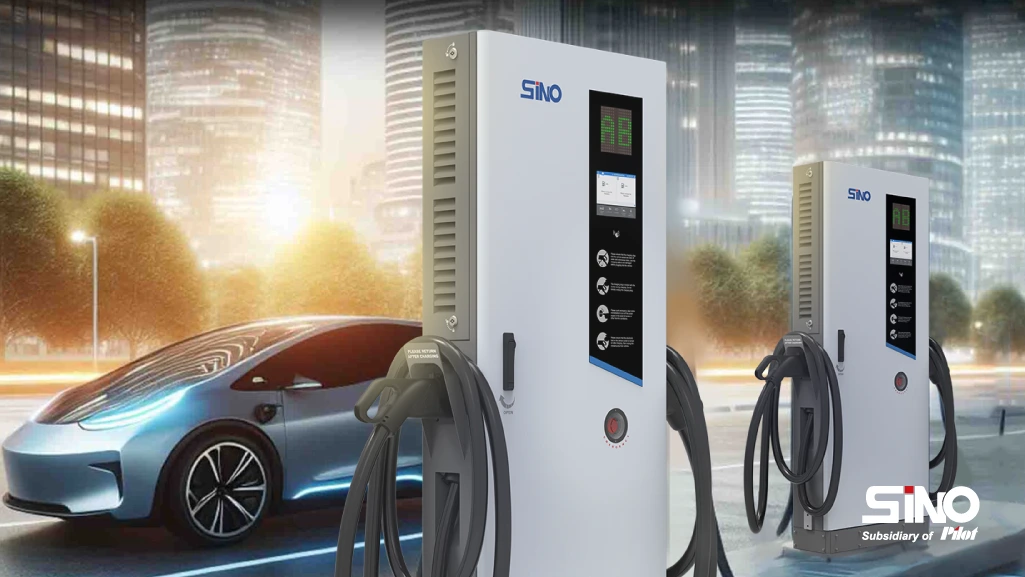
Environmental Parameters (in some cases)
Ambient temperature and humidity significantly influence the performance of charger monitoring systems. These systems commonly include environmental sensors that monitor the temperature and humidity around the charging station. Variations in these factors can affect the efficiency, performance, and lifespan of chargers and batteries. In cases of extreme temperatures or high humidity, it may be essential to introduce additional protective measures to ensure the safety and efficiency of the charging equipment.
The Future of Charger Monitoring Devices
As the electric vehicle (EV) market continues to expand rapidly, we can expect significant advancements in charger monitoring devices. These future devices will likely harness artificial intelligence and machine learning algorithms, enabling more accurate predictions of charger failures. Additionally, they may integrate with smart grid technologies, allowing for better communication between charging stations, the power grid, and electric vehicles. This integration has the potential to facilitate vehicle-to-grid (V2G) technology, which permits EVs to send electricity back to the grid during peak demand periods, ultimately enhancing the efficiency and sustainability of our energy system.
Investing in charger monitoring devices is a strategic choice for EV charging stations. These devices offer various benefits for both charging station operators and electric vehicle drivers, such as improved reliability, optimized maintenance transparency, and convenience. As the EV industry evolves, the role of these devices in creating a robust and efficient charging infrastructure will only become more vital.
Our Social
Facebook: www.facebook.com/sinoevc
Instagram: www.instagram.com/sinoevc
Linkedin: www.linkedin.com/company/sinoevse
Youtube: www.youtube.com/@sinoevc
Twitter: www.twitter.com/sinoevc

“Charging for A Better Life”
—Zhuhai Sino Energy Technology Co.,Ltd.



